Ransomware remains the most visible and existential cyber threat to the financial sector. According to Verizon’s 2025 Data Breach Investigations Report (DBIR), ransomware was present in 44% of data breaches in 2024, up from 32% the previous year.1 The median ransom payment was $115,000, but the true cost to institutions can be much higher when factoring in operational disruption, reputational damage, and regulatory consequences.
This article synthesizes the latest guidance, regulatory requirements, and practical lessons for auditors and risk professionals, drawing on resources from the ABA, CISA, OFAC, FinCEN, CSBS, and the latest DBIR.
The Evolving Ransomware Threat Landscape
Ransomware attacks are growing in frequency and sophistication. Exploitation of vulnerabilities as an initial access vector for breaches grew by 34% and now accounts for 20% of breaches.1 Credential abuse remains the most common vector, but phishing and third-party relationships are also major contributors. The percentage of breaches involving a third party doubled from 15% to 30% in the past year.1 As the CSBS notes, “Ransomware can present an existential threat to the institution.”5
- Key Trends: Ransomware-as-a-service (RaaS), double/triple extortion (data theft, DDoS), and attacks on both managed and non-managed devices.1,5
- Third-party risk: 46% of compromised systems with corporate logins were non-managed devices, often personal devices used for work.1
- Human element: 60% of breaches involved human error or social engineering.1
- Financial impact: $449.1 million paid in the first half of 2023 alone, with the year projected to reach nearly $900 million.5
Incident Response: When and How to Act
A well-rehearsed incident response plan is essential. The ABA emphasizes that one of the first decisions in a ransomware event is when to convene the incident response team.2 Cyber-attacks often originate at service providers or through phishing attacks on employees. Two foundational controls are robust third-party risk management and comprehensive security awareness training.2,5
Incident Response Plan Essentials
Institutions should ensure their incident response plan includes:
- Clear identification of key response team members and their roles, including board-level guidance on ransom payment decisions.2,5
- Procedures for rapid isolation and containment of affected systems, as recommended by CISA’s #StopRansomware Guide.7
- Predefined escalation paths and out-of-band communication protocols to avoid tipping off attackers monitoring internal systems.2,7
- Regular tabletop exercises and simulations to test readiness and coordination.2,5
- Procedures for validating backup sterility before restoration to prevent reinfection (CSBS R-SAT).5
The CSBS Ransomware Self-Assessment Tool (R-SAT) Version 2.0 provides a practical framework for evaluating and improving incident response capabilities, with expanded focus on multi-factor authentication (MFA), cloud security, and employee training.5
Communication and Notification Requirements
Effective communication is critical during a ransomware incident. Institutions must coordinate messaging to staff, customers, regulators, law enforcement, and the media. The ABA notes, “Getting caught flat-footed when social media feeds get flooded with posts (both real and fake) can quickly damage a bank’s reputation.”2 Monitoring “hyper-local” and traditional social media is critical for managing misinformation and maintaining consumer confidence during an incident (CSBS).5

Regulatory Notification Timelines
Financial institutions face a complex web of notification requirements, including:
- 36 hours to notify federal banking agencies of significant cyber incidents (per OCC, FDIC, FRB rules).4
- 72 hours to report covered cyber incidents to CISA under the Cyber Incident Reporting for Critical Infrastructure Act of 2022 (CIRCIA) once the final rule is effective.3
- 24 hours to report ransomware payments to CISA (CIRCIA, pending final rule).3
- 4 business days for public disclosure through SEC Form 8-K for material cyber incidents (for publicly traded banks).2
- Immediate notification to law enforcement if required by incident circumstances or regulatory guidance.2,3,7
The OCC’s Interagency Guidance (OCC Bulletin 2005-13) further requires prompt customer notification if misuse of sensitive information is likely or has occurred.4
Cyber Insurance: Coverage and Pitfalls
Cyber risk insurance is a critical component of ransomware preparedness, but policies often contain specific requirements for reporting, forensic investigation, and ransom payment facilitation.2,5 The ABA advises, “Discrepancies could potentially violate the cyber insurance policy resulting in a denial of coverage.”2 Institutions should review their policies to ensure alignment with incident response plans and verify that procedures allow for negotiation with attackers to buy time if needed.2,5
Key Audit Considerations for Cyber Insurance
When reviewing cyber insurance, auditors should assess:
- Policy requirements for notification and cooperation with insurers.2,5
- Coverage for ransom payments, forensic costs, and business interruption.2,5
- Exclusions related to sanctions, regulatory fines, or payments to prohibited entities.6
- Flexibility to negotiate with attackers and coordinate with law enforcement.2,5
- Pre-approval of third-party vendors and service providers by the insurer (CSBS R-SAT).5
%201%20(1).svg)
%201.svg)
THE GOLD STANDARD INCybersecurity and Regulatory Compliance
To Pay or Not to Pay: Legal and Ethical Dilemmas
The decision to pay a ransom is fraught with risk. Federal authorities, including OFAC and CISA, strongly discourage payment.6,7 OFAC’s 2021 advisory warns, “Companies that facilitate ransomware payments to cyber actors on behalf of victims… may risk violating OFAC regulations.”6 Payments to sanctioned entities or comprehensively embargoed jurisdictions can result in strict liability penalties, even if the payer was unaware of the sanctions nexus.6
Sanctions and Reporting Obligations
Institutions must conduct due diligence to ensure ransom payments do not benefit sanctioned individuals or entities.6 OFAC considers the existence of a robust sanctions compliance program and prompt self-reporting as mitigating factors in enforcement actions.6 FinCEN also requires suspicious activity reports (SARs) for ransomware-related transactions, with specific guidance on including technical indicators and narrative details.8
- OFAC: “The U.S. government strongly discourages all private companies and citizens from paying ransom or extortion demands and recommends focusing on strengthening defensive and resilience measures.”6
- FinCEN: “Detecting and reporting ransomware payments are vital to prevent and deter cybercriminals from deploying malicious software to extort individuals and businesses and hold ransomware attackers accountable for their crimes.”8
Institutions may also have an obligation to report the transaction to Treasury’s Financial Crimes Enforcement Network as a suspicious transaction.8 FinCEN has issued an advisory for banks on making or facilitating ransomware payment, and SARs must reference “CYBER FIN-2020-A006” and include all relevant technical indicators.8

Prevention and Resilience: Controls That Matter
The most effective defense against ransomware is a layered approach to prevention and resilience. The FDIC’s horizontal review of ransomware incidents identified key controls that make a difference, including:5
- Internet address filtering and logging
- Operating system hardening and timely patching (only 54% of perimeter device vulnerabilities were fully remediated, with a median of 32 days to patch, per DBIR)1
- Multi-factor authentication (MFA), especially phishing-resistant methods5,7
- Prevention of unauthorized executables and macros (including PowerShell restrictions)5,7
- Principle of least privilege and network segmentation5,7
- Backup isolation and viability testing5,7
- Intrusion detection and prevention systems5,7
The CISA #StopRansomware Guide and CISA’s “Reduce the Risk of Ransomware” campaign provide detailed best practices, including offline encrypted backups, zero trust architecture, regular vulnerability scanning, and robust incident response planning.7 CISA’s “Nine Smart Cyber Habits” are especially relevant for audit checklists.7
Lessons Learned from Real-World Attacks
A multi-state study of ransomware victims found that most had not used the CSBS R-SAT tool prior to their incident, but all adopted it afterward.5 MFA was universally implemented post-incident if not already in place.5 The study also highlighted the importance of monitoring social media to manage misinformation and maintain consumer confidence during an incident.5 Expanding cloud usage requires greater awareness of where data is located and which services are cloud-based, as well as compliance with privacy regulations such as GDPR and PIPEDA.5
Board and Management Oversight
Ransomware response is not just an IT issue, it requires board-level engagement to be effective. The ABA simulation found that disagreements between management and the board over ransom payment can add stress and delay to an already critical situation.2 Institutions should establish clear guidance from the board on ransom payment conditions and ensure these are documented in the incident response plan.2,5 The CSBS R-SAT now includes a narrative requesting identification of vendors that do not have ransomware-related controls in place and procedures for resetting or replacing user authentication credentials.5
Key Questions for Audit and Risk Committees
Audit and risk professionals should ensure the following questions are addressed:
- Are incident response roles and responsibilities clearly defined and regularly tested?2,5,7
- Is the institution’s cyber insurance coverage aligned with its risk profile and response plan?2,5
- Are notification and reporting procedures up to date with current regulatory requirements?2,3,4,8
- Does the institution have a documented position on ransom payments, approved by the board?2,5
- Are third-party and vendor risks adequately assessed and managed, including contract language for incident response?1,5
- Is employee training frequent, relevant, and tested through exercises such as phishing simulations and briefings on emerging threats?5,7
- Are backup and recovery procedures regularly validated to ensure operational resilience?5,7
- Are lessons learned from incidents and exercises incorporated into policy and training updates?5
Emerging Threats and Technology Risks
The threat landscape is evolving rapidly. Synthetically generated text in malicious emails has doubled over the past two years (DBIR), and 15% of employees accessed generative AI systems on corporate devices, often outside of policy controls.1 Credential abuse and social engineering remain major factors, and the percentage of breaches where a third party was involved doubled from the previous year, highlighting the importance of choosing partners and suppliers carefully.1
Government and Industry Resources
Numerous resources are available to support financial institutions in ransomware prevention and response:
- CISA #StopRansomware Guide: Comprehensive best practices and response checklists.7
- No More Ransom: Free decryption tools and victim support.7
- CSBS Ransomware Self-Assessment Tool (R-SAT): Self-assessment for banks and credit unions.5
- FinCEN Advisory: Red flag indicators and SAR filing instructions for ransomware payments.8
- ABA Ransomware Toolkit: Guidance for operational resilience and response.2
- CIRCIA: Cyber incident and ransom payment reporting requirements.3
Contact NETBankAudit for Ransomware Expertise
Ransomware is a persistent and evolving threat that demands a coordinated, well-documented, and regularly tested response. For auditors and risk professionals, the challenge is to ensure that controls, policies, and procedures are not only in place but are effective and aligned with the latest regulatory and threat intelligence. NETBankAudit’s team of experts can help your institution assess its ransomware readiness, test incident response plans, and ensure compliance with all applicable requirements. For tailored guidance and support, contact NETBankAudit today.
Key Legal and Regulatory References
- Verizon. (2025). 2025 Data Breach Investigations Report (DBIR). Executive Summary and Infographic.
- American Bankers Association. (2025). Key questions and decisions bankers face in response to ransomware attacks. ABA Banking Journal.
- Cybersecurity and Infrastructure Security Agency (CISA). (2024). Cyber Incident Reporting for Critical Infrastructure Act of 2022 (CIRCIA).
- Office of the Comptroller of the Currency (OCC). (2005). OCC Bulletin 2005-13: Interagency Guidance on Response Programs for Unauthorized Access to Customer Information and Customer Notice.
- Conference of State Bank Supervisors (CSBS). (2023). Ransomware Self-Assessment Tool (R-SAT) Version 2.0 and Lessons Learned Study.
- U.S. Department of the Treasury, Office of Foreign Assets Control (OFAC). (2021). Updated Advisory on Potential Sanctions Risks for Facilitating Ransomware Payments.
- Cybersecurity and Infrastructure Security Agency (CISA). (2023). #StopRansomware Guide and Reduce the Risk of Ransomware Awareness Campaign.
- Financial Crimes Enforcement Network (FinCEN). (2020). Advisory on Ransomware and the Use of the Financial System to Facilitate Ransom Payments (FIN-2020-A006).
.avif)

.svg)
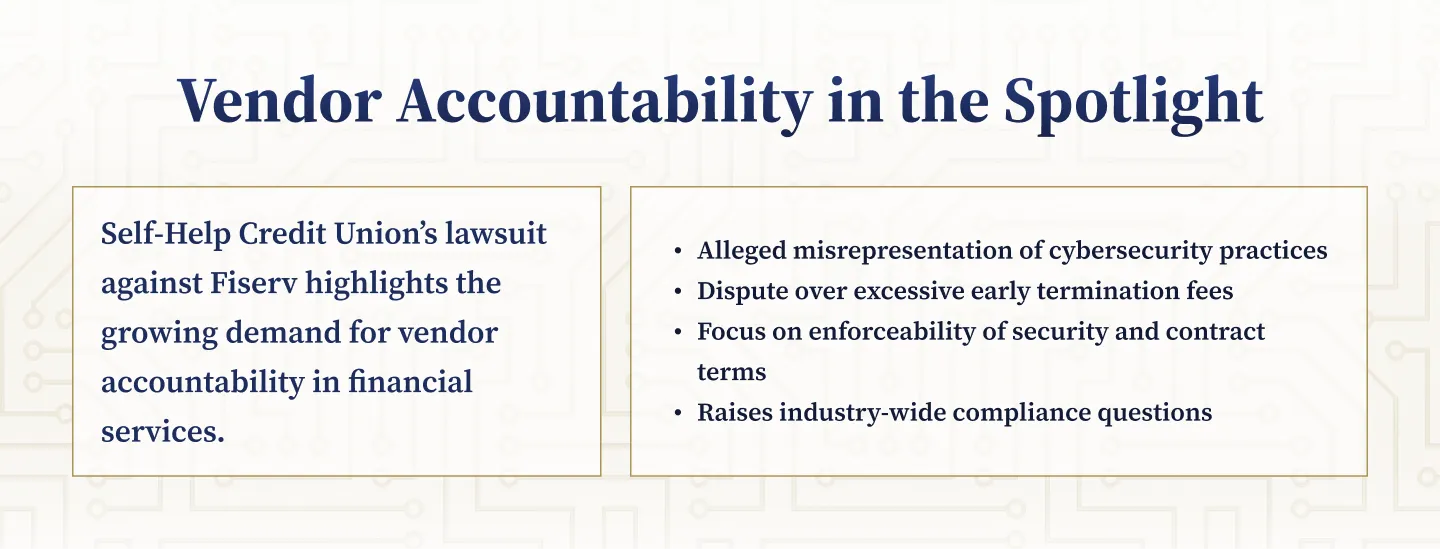
.webp)
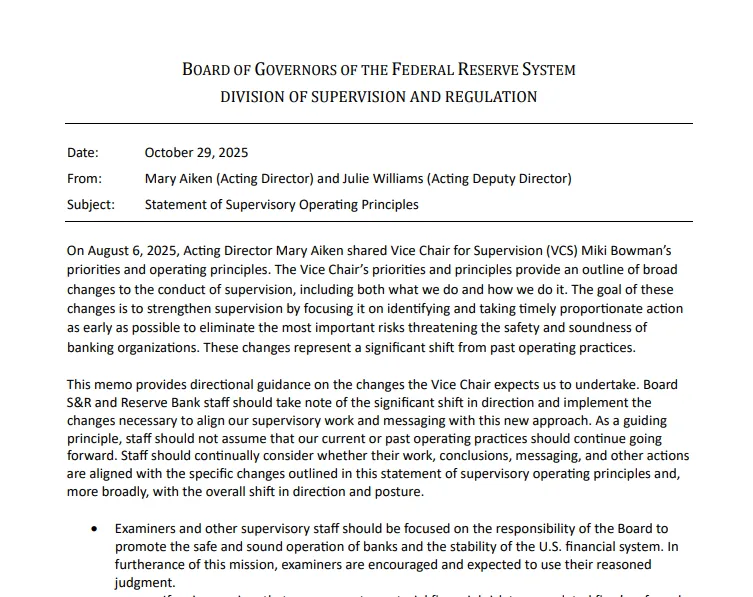
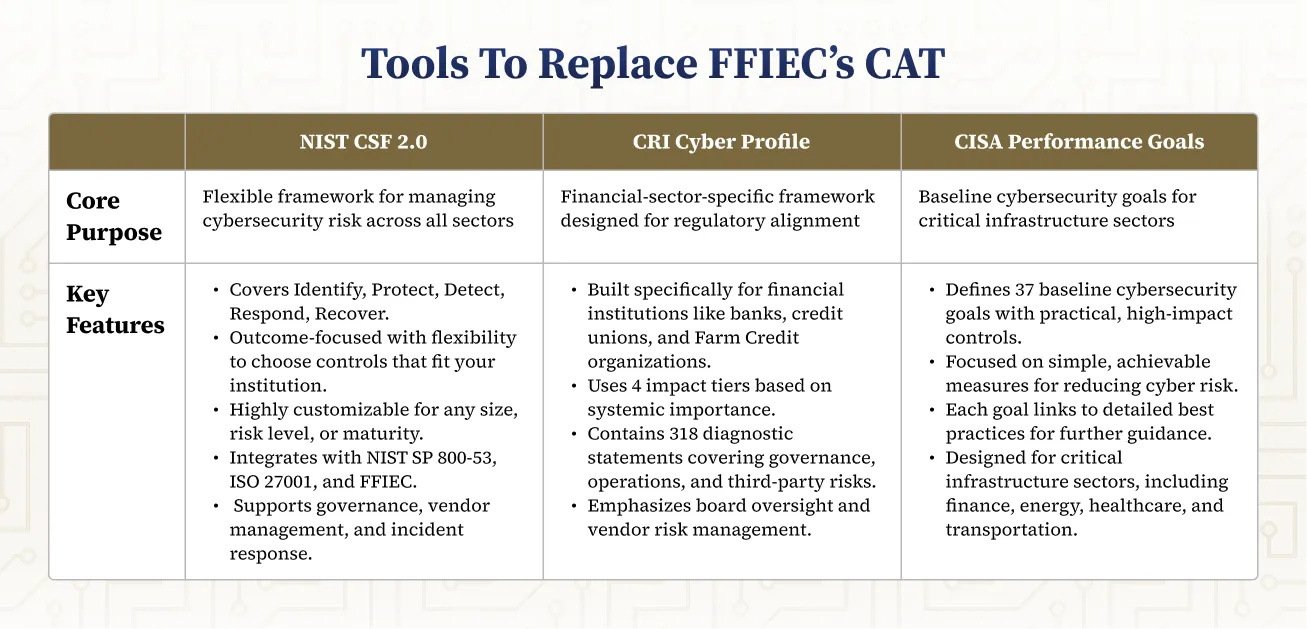
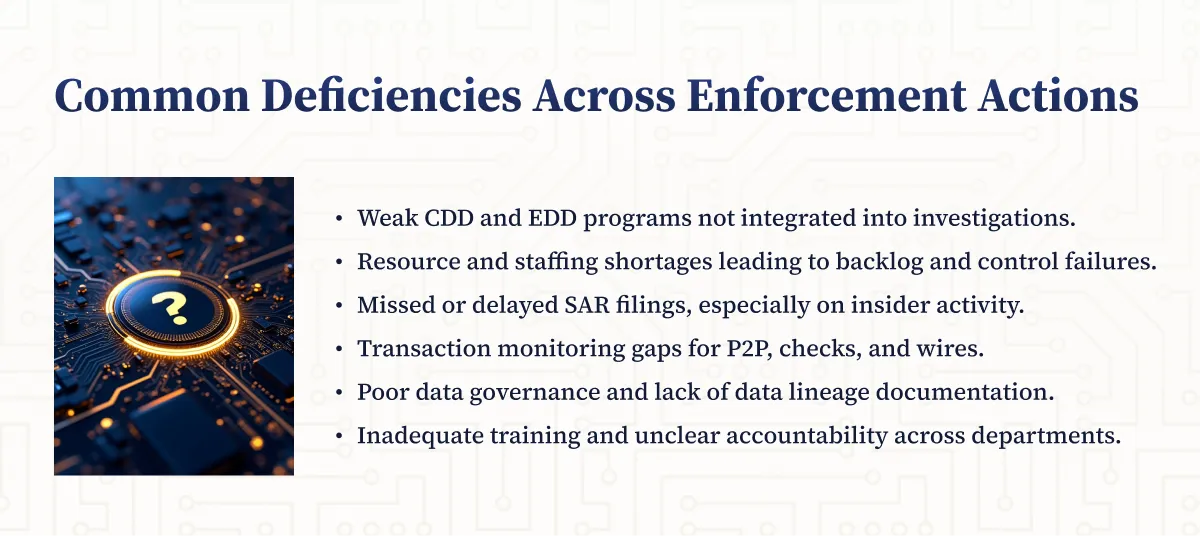
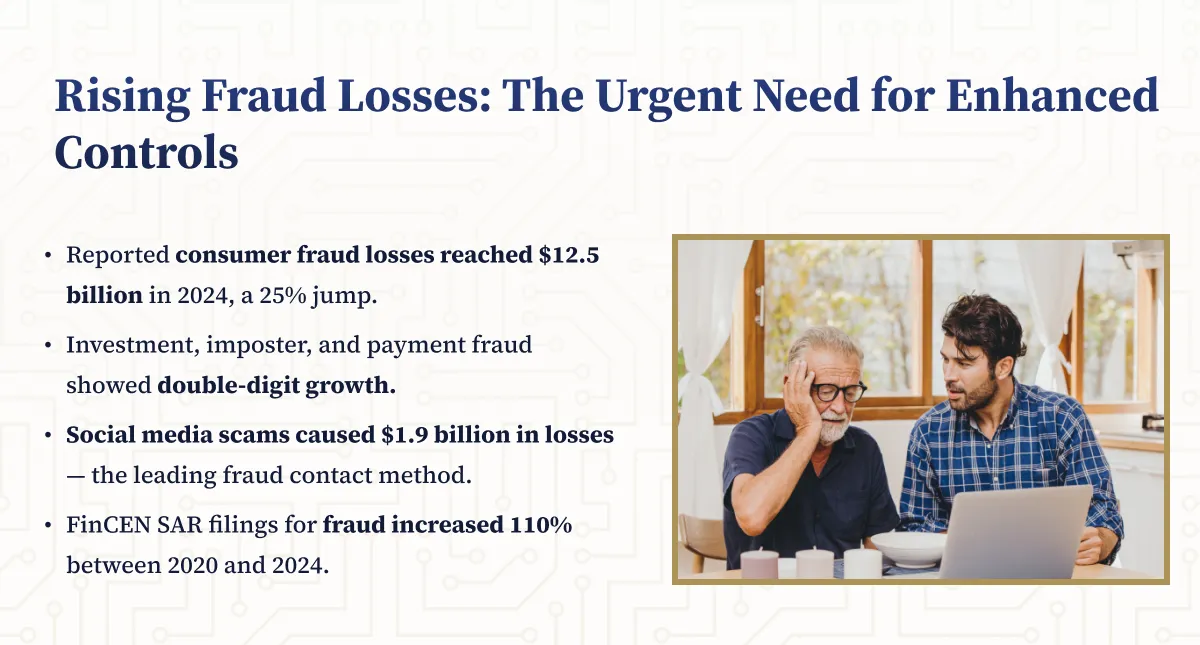
.webp)
.png)
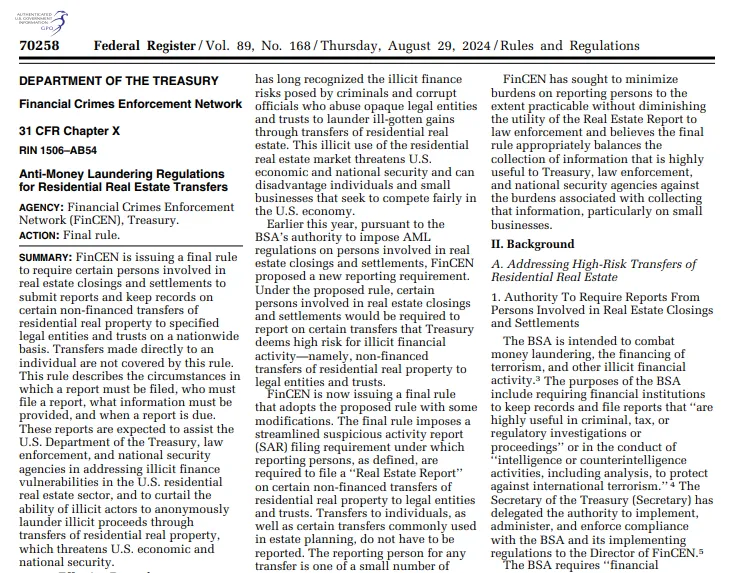
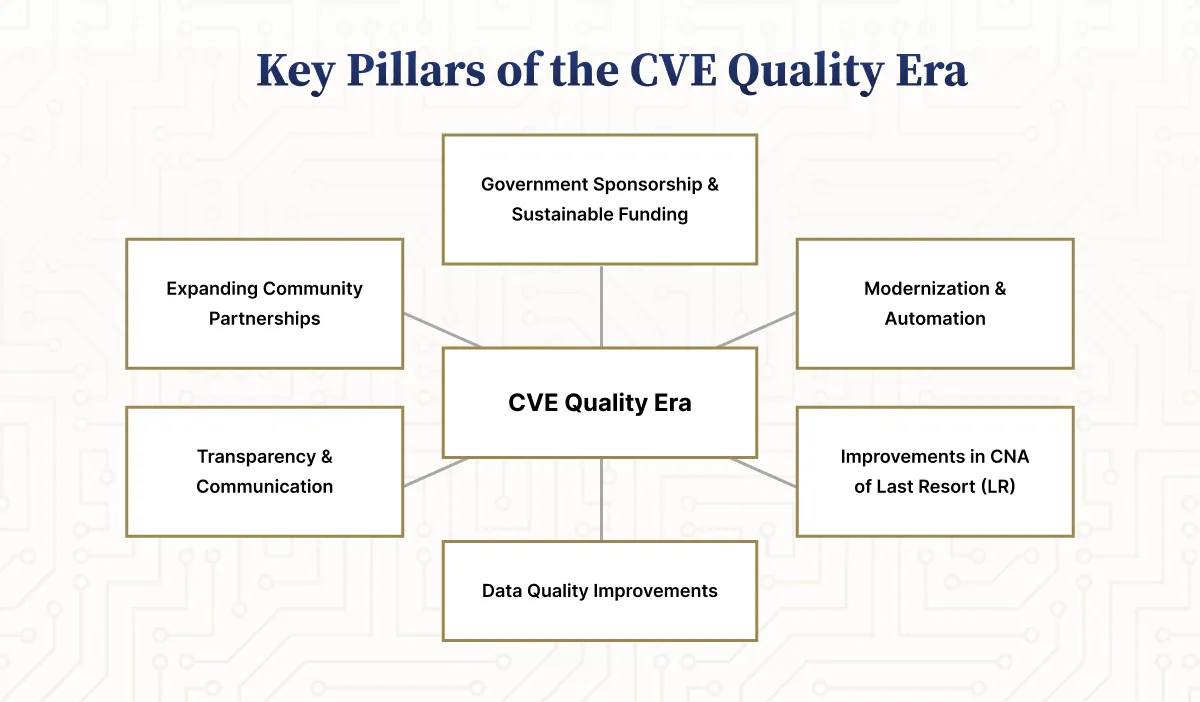
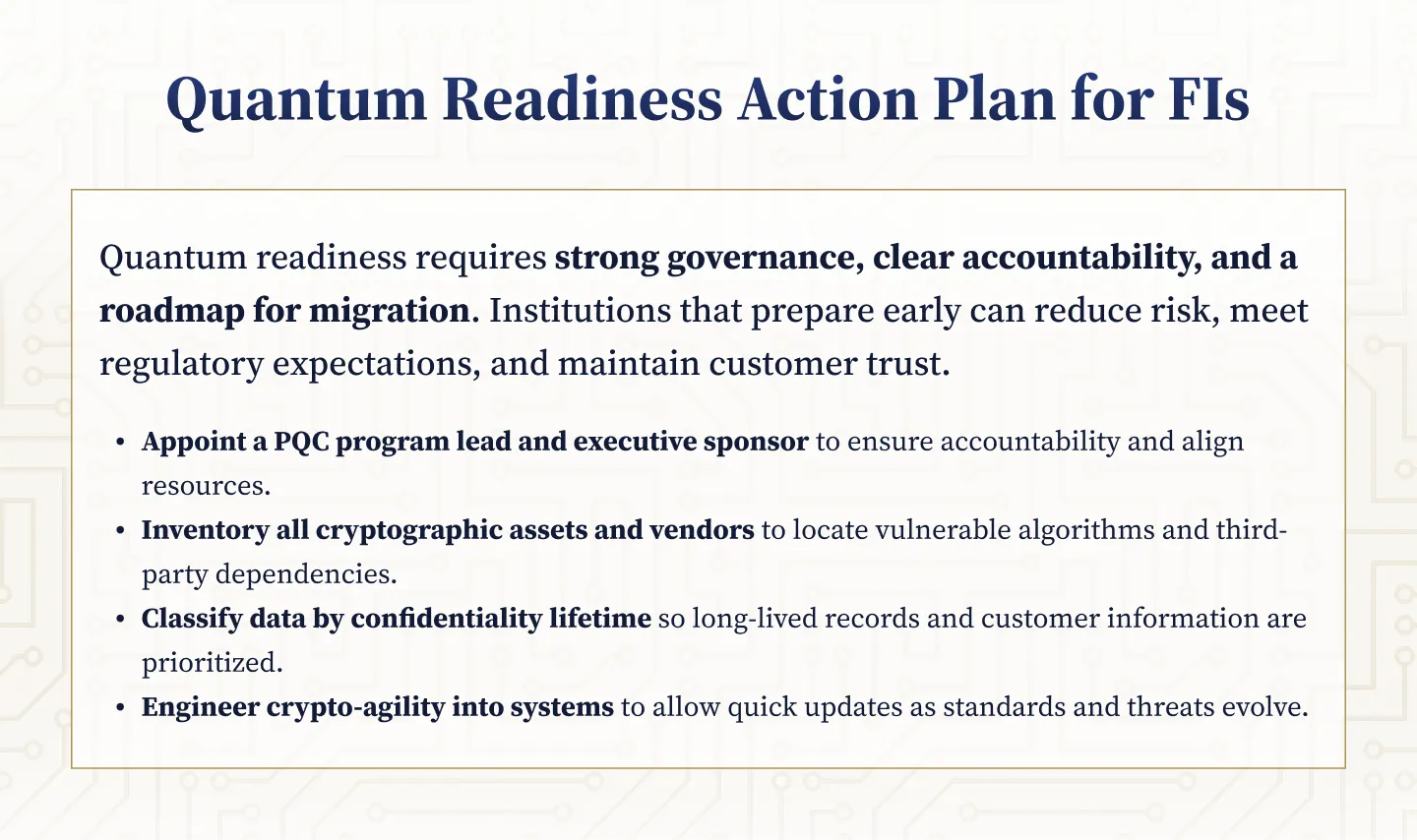
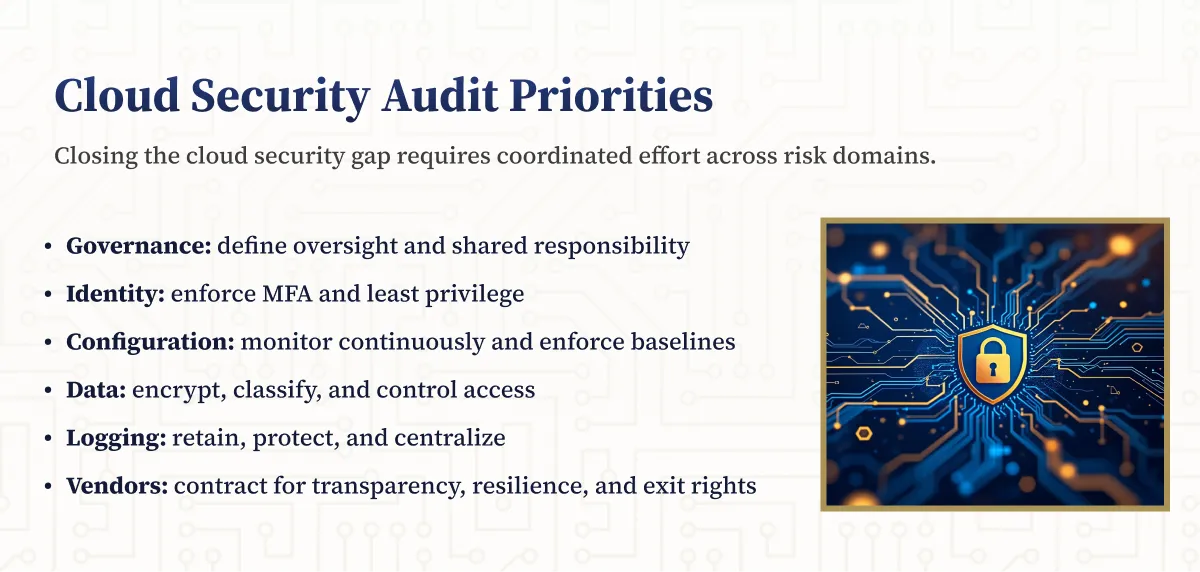
.webp)

.webp)
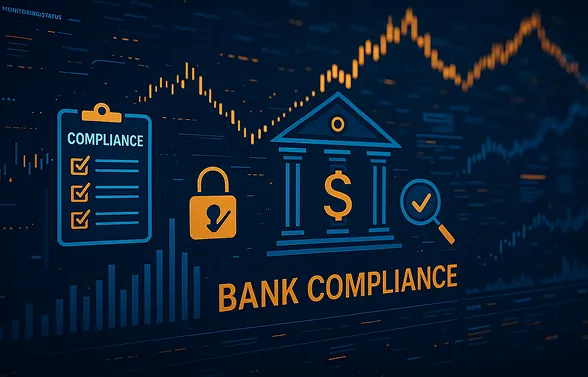

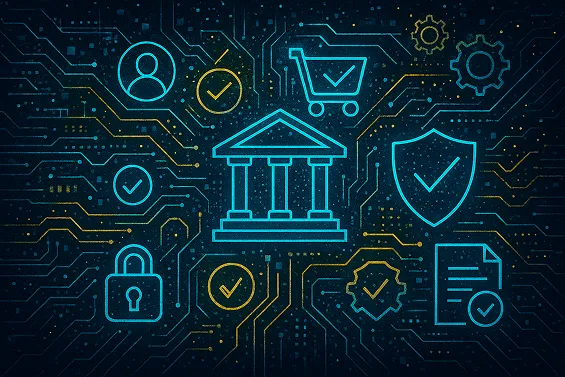







.webp)



.webp)

%201.webp)
.webp)
%20(3).webp)


.webp)


%20Works.webp)

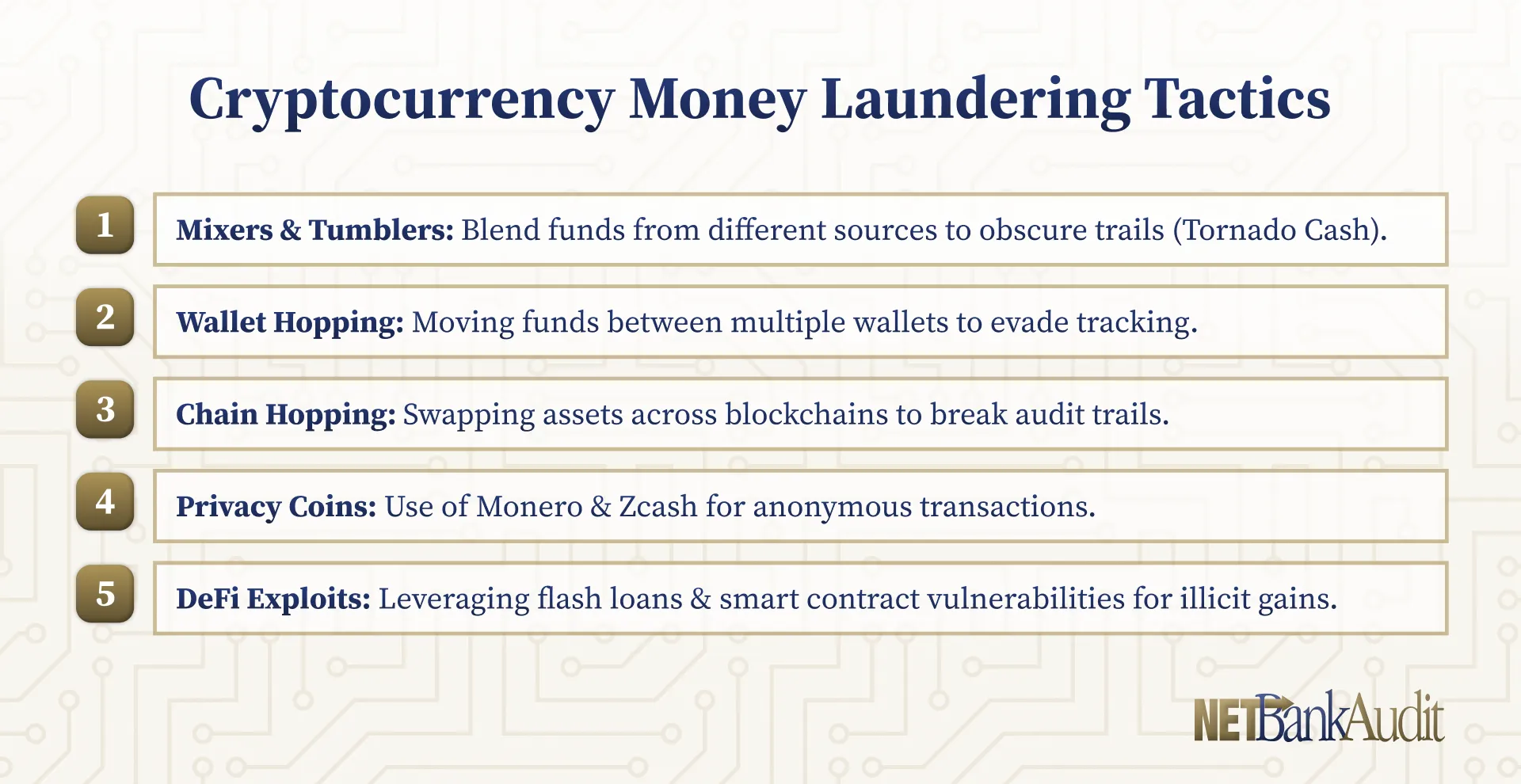
.webp)




.webp)
%20(1).webp)

.webp)










.webp)
.webp)

.webp)
.webp)
.webp)
.webp)
.webp)
.webp)
%201.svg)